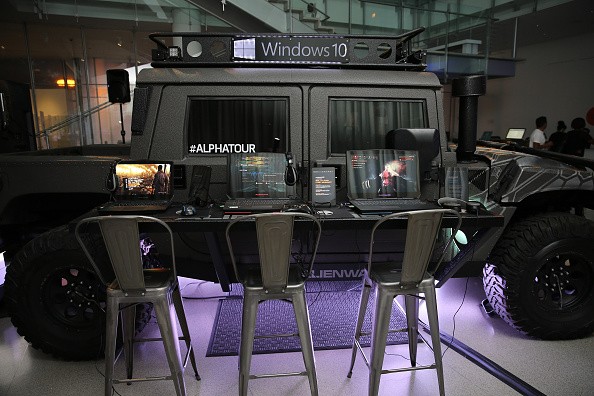Windows 10 is still being offered by Microsoft (NASDAQ: MSFT) as a free upgrade for customers who are still running previous versions. However, the company said that the offer ends on July 29.
The last version of the Redmond-based company's operating system has seen a large increase in the number of its users because of the free upgrade offer. However, the growth rate has slowed down a couple of months ago.
Users who are still running their systems with legit copies of Windows 7 or Windows 8 can still avail of the free Windows 10 upgrade from Microsoft. All they have to do is to accept the offer when it pops up on their taskbar.
Of course, the users would have to be connected to the Internet to accept the offer. The upgrade application will download the Windows 10 files.
The users won't have to worry about their files when upgrading. Installing Windows 10 through the upgrade will not change any of the user's personal files saved on their computer.
Microsoft said on Thursday that Windows 10 is now on more than 300 million active devices, according to the Wall Street Journal. While the number can still increase, the free upgrade strategy has reached a point of diminishing returns for the company.
For some, the new version is a welcome upgrade for those who were using Windows 8. The operating system version had many bad reviews and some users chose to run Windows 7 instead.
In addition, users can save money if they choose to upgrade. The price for Windows 10 when the upgrade offer ends would be at $120, which is too expensive for some.
On Amazon (NASDAQ: AMZN), there are several listings that put Windows 7 Professional OEM copies at around $50. Before July ends, it would be advisable for Windows users to avail of the upgrade instead of having to shell out more money to get the new version.
Microsoft's Windows 10 growth rate has started to decline from January. February, March and April growth rates have been inconsistent between the eight and 11 percent rage, according to Computerworld.
With the adoption rate for the latest operating system version slowly going downhill, Microsoft's decision to end the upgrade offer does make sense. They will have to gain back the revenue from the free upgrades somehow in the following months.
Windows 10 is Microsoft's last version, but the company has made it clear that they will roll out both major and minor upgrades. The operating system would still see updates and such to keep it relevant for the tech industry's needs.



























